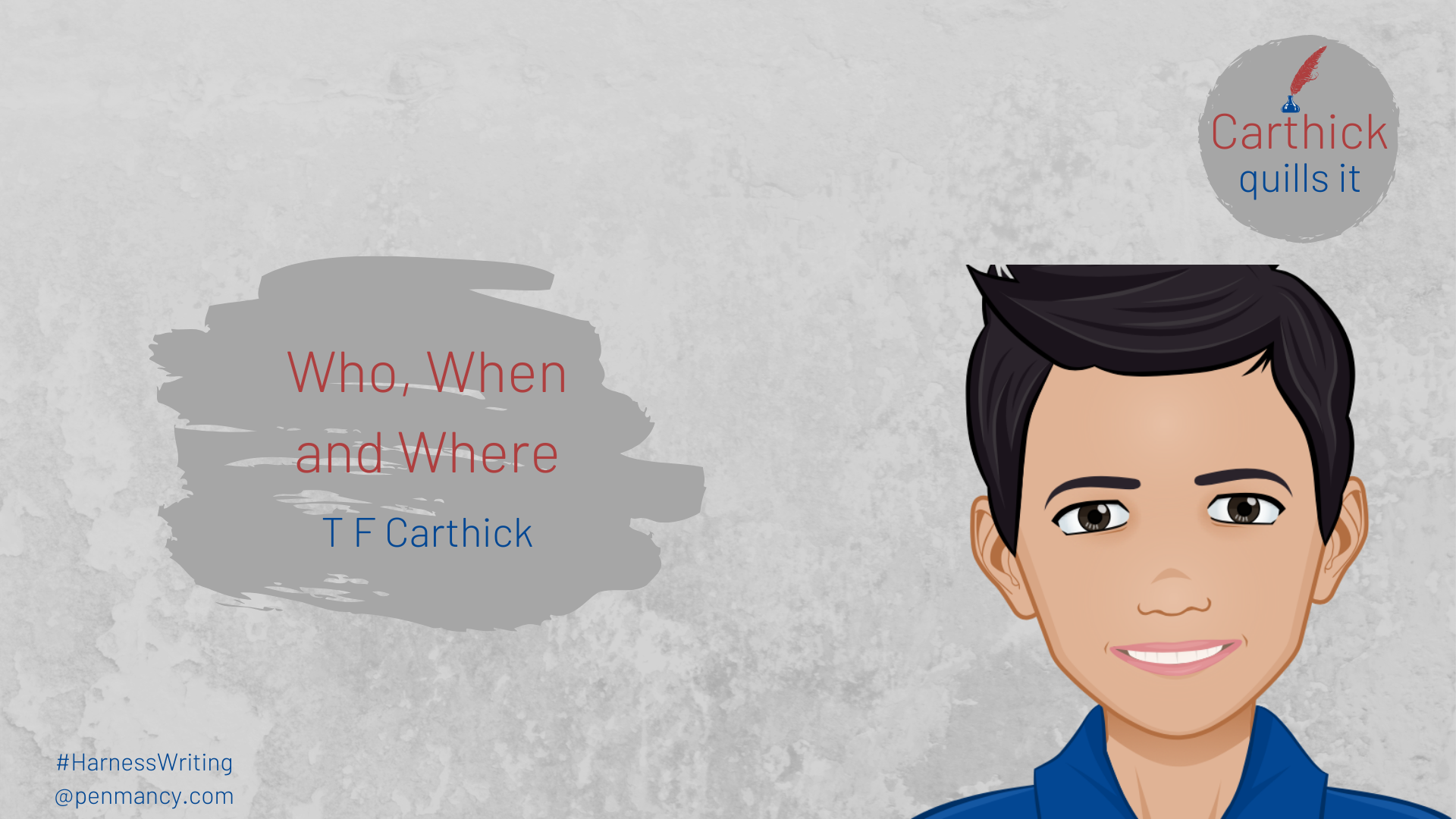
We often hear of how victors write the history and how history would have been different if the defeated had written history. Same is true of fiction as well – only the events are imagined rather than real. There is, of course, the point regarding manipulation of facts regarding the events. But even assuming the facts are retained, the story changes depending on who is telling it. In the real world, so many things are happening in parallel in different places. If stories are believed to be happening in a real-world, same is true of stories as well. But we are shown only certain events that are considered important from the point of view of a few characters who are considered protagonists. Also, the author tries to get the reader into the shoes of the protagonists. So, we are shown what is happening inside the head of the protagonist so that we can relate to their thoughts and emotions and feel their fears, desires and insecurities and desire for ourselves that those characters desire. We are generally not taken into the heads of the antagonists and side characters. So, it can become a completely different story if we tell the story portraying the events in the lives of these other characters and taking the reader into their heads. Take the example of Mahabharata which actually has seen a lot of retelling from different characters’ points of view. Say if we told the story from Duryodhana’s point of view, we would show how life was before his cousins arrived. The heir apparent, the apple of everyone’s eyes, the alpha male. And then enter the five cousins. Everything changes. From the grandsire to the teacher to all the palace staff fall head over heels to welcome the newcomers. He feels neglected. His uncle tells him he is probably no longer the heir apparent. And as if to add insult to injury, he is bullied by his stronger cousin Bhima. Hope you get the general drift. If the author persists in this vein, he can have the reader sympathizing with Duryodhana. Of course, Mahabharata being an epic has a lot of the incidents such as the tender moments of friendship between Duryodhana and Karna, his general good nature towards the oppressed when his path is not crossed etc. But for other stories, one may have to create these events. However, one thing the author has to be careful of is to not contradict the events told in the original story. If absolutely necessary, the contradictory events should be kept to a minimum, and subtle seeds should be planted regarding the reliability of the narrator of the original story in the mind of the reader. Coming to the utility of such retelling, it helps one to empathize with other people and see how events in one’s life can be viewed differently by different people. So that was the point of view part – the who. Now let us look at where and when. This is interesting and kind of fun to do. And it is done a lot, especially in movies. I believe Charles Dickens’ and Jane Austen’s stories are some of the most widely adapted ones setting them in different places and times. This would actually be one of the best ways to pay tribute to the author. It requires an understanding of the core essence of the story, separating if from external trappings and transplanting it to completely new settings. You have challenges in aspects of the technological evolution of a new era, the sociocultural aspects of the new location and other aspects such as the political system, religious traditions, legal structure etc. While in other forms of retelling, one works at a conceptual level, this form requires working at a very intricate level of detail. To give some examples, consider Romeo and Juliet. Basically, the tragedy was a result of a miscommunication. How would this miscommunication be created in an era of cell phones and the internet? Many of other Shakespeare’s works such as Macbeth, Hamlet, King Lear were about kings. Who comes closest to kings in an American democracy? Or consider Jane Eyre in a Hindu milieu. What would be the vocation of St. John the missionary here? And all those stories around juries, what do we do about them if we have to write them in India which has no jury system? These are the kind of questions one needs to think of, and they require quite some amount of creativity to adopt. If not, they would fall flat on their face. One needs to be careful to see what can be changed and what can’t. For instance, consider the story twelve angry men. It was adapted into a Hindi tele-serial ‘Ek Ruka Hua Faisla’. In a visual medium, it worked because the actors were very good. But would it have worked otherwise? There was no jury system in India of the 80s and we have never seen juries in any of our movies. So, would we have related to the idea at all. But the idea was not about law but convincing a set of people from different backgrounds. Would a board meeting have worked? Probably not. Because most of the people on companies would be of similar social strata. Would a parliamentary committee have worked? Maybe. Though party affiliations may be a hindrance. How about a cabinet committee? Now we are getting warmer. That is how the thinking process goes for adapting a story to a different place and time. The utility of these kind of stories is of course to bring powerful tales with universal messages to people in a setting, they can relate. So that was the who, where, when. In the final post of this series, we will explore the most interesting form of retelling – changing the narrative. ___________ ___________
